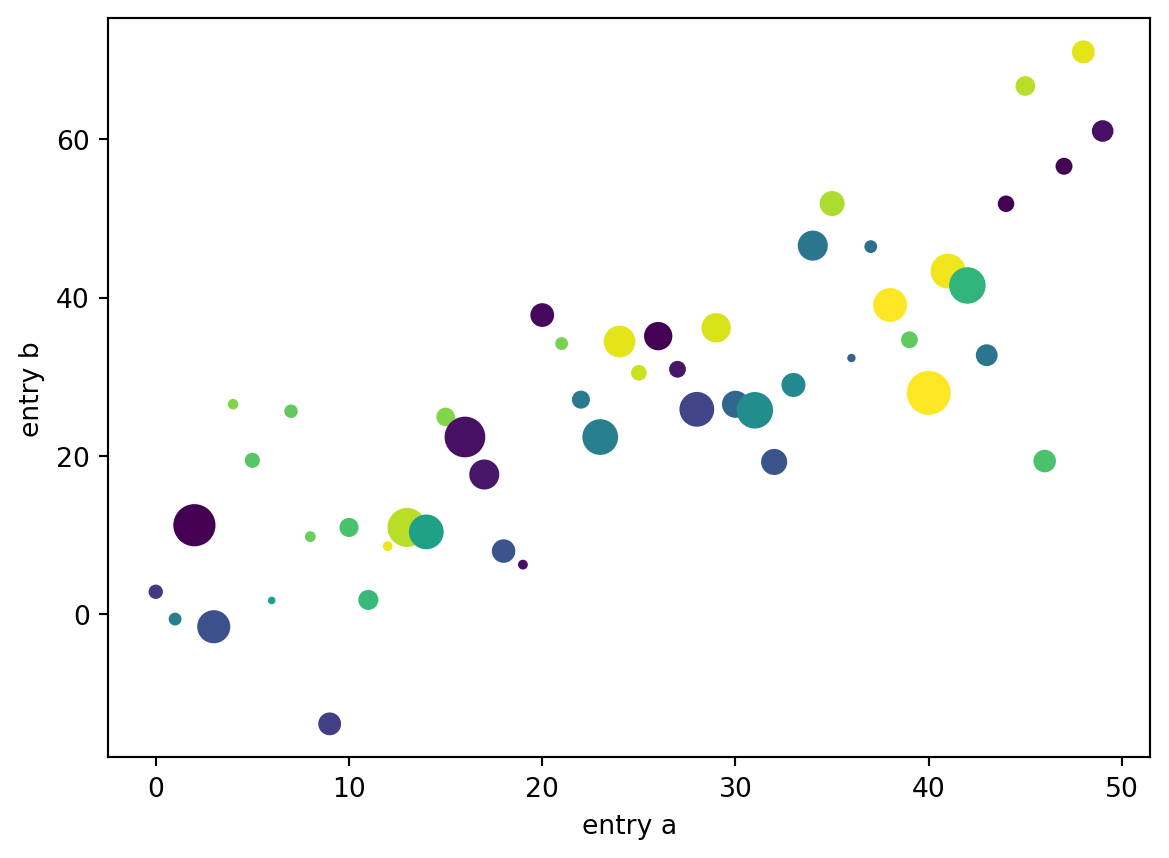Number field
Let \(K\) be a number field, i.e., a finite extension of \(\mathbb{Q}\). Since \(\mathbb{Q}\) is perfect, the extension \(K/\mathbb{Q}\) is separable. Thus, every number field is a finite separable extension of \(\mathbb{Q}\). By the Primitive Element Theorem, \(K\) is a simple extension, so there exists \(\alpha \in K\) such that \(K = \mathbb{Q}(\alpha)\). Since \(K/\mathbb{Q}\) is finite, \(\alpha\) is algebraic over \(\mathbb{Q}\).
Moreover, there exists a non-zero \(c \in \mathbb{Z}\) such that \(c\alpha = \theta\), where \(\theta\) is an algebraic integer. Hence, \[K = \mathbb{Q}(\alpha) = \mathbb{Q}(\theta).
\]
Let \(m_{\theta,\mathbb{Q}}(x)\) be the minimal polynomial of \(\theta\) over \(\mathbb{Q}\) of degree \(n\), and let \(\theta_1, \dots, \theta_n\) (with \(\theta = \theta_1\)) denote its distinct roots in \(\mathbb{C}\) (all roots are distinct because of the separability of \(K\)). Then there are exactly \(n\) distinct field embeddings (monomorphisms) \(\sigma_i: K \to \mathbb{C}\) \((i = 1, \dots, n)\) such that \(\sigma_i(\theta) = \theta_i\).
We observe that \(\sigma_i(K) \subseteq \mathbb{R}\) if and only if \(\sigma_i(\theta) \in \mathbb{R}\). In this case, \(\sigma_i\) is said to be real; otherwise, it is called complex.
Since complex conjugation \(\tau: \mathbb{C} \to \mathbb{C}\) is a field automorphism, the composition \[
\overline{\sigma}_i := \tau \circ \sigma_i: K \to \mathbb{C} \to \mathbb{C}
\] defined by \(\overline{\sigma}_i(\theta) = \overline{\sigma_i(\theta)}\), is also a field embedding. Thus, \(\overline{\sigma}_i = \sigma_j\) for some \(1 \leq j \leq n\).
Moreover, since \(\tau(x) = x\) if and only if \(x \in \mathbb{R}\) and \(\overline{\overline{\sigma}_i} = \sigma_i\), we have that \(\sigma_i\) is real if and only if \(\sigma_i = \overline{\sigma}_i\). In particular, the complex embeddings always occur in conjugate pairs.
Therefore, if \(r_1\) is the number of real embeddings and \(2r_2\) is the number of complex embeddings (which come in pairs), then the total number of embeddings is \(n = r_1 + 2r_2\). Let’s denote \[
\sigma_1\cdots, \sigma_{r_1},\tau_{1},\overline{\tau}_1,\cdots, \tau_{r_2},\overline{\tau}_{r_2}
\] are all monomorphisms from \(K\to \mathbb{C}\).
Furthermore, the direct product \(\mathbb{R}^{r_1} \times \mathbb{C}^{r_2}\) is a vector space over \(\mathbb{R}\) of dimension \(r_1 + 2r_2 = n\) (this is also a ring with componentwise operations i.e., \(\mathbb{R}^{r_1} \times \mathbb{C}^{r_2}\) is an \(\mathbb R\)-algebra). We define a map: \[
\begin{align}
\sigma:&\ K\to \mathbb{R}^{r_1}\times \mathbb{C}^{r_2}\\
&x\mapsto (\sigma_1(x),\cdots,\sigma_{r_1}(x),\tau_1(x),\cdots,\tau_{r_2}(x))
\end{align}
\]
This is a \(\mathbb Q\)-algebra homomorphism, so \(\sigma\) is either the zero map or injective. Since \(\sigma(1) = (1, \dots, 1) \neq 0\), \(\sigma\) must be injective. In other words, this map embeds \(K\) into \(\mathbb{R}^{r_1} \times \mathbb{C}^{r_2}\) as a subring.
Now suppose we view \(\mathbb{R}^{r_1} \times \mathbb{C}^{r_2}\cong \mathbb R^n\) as a vector space over \(\mathbb R\). Since each \(\tau_i(x) \in \mathbb{C}\) can be written as \(\operatorname{Re}(\tau_i(x)) + i\,\operatorname{Im}(\tau_i(x))\), we can write the map above as \[
\begin{align}
\sigma:&\ K\to \mathbb{R}^{n}\\
&x\mapsto (\sigma_1(x),\cdots,\sigma_{r_1}(x),\operatorname{Re}(\tau_1(x)),\operatorname{Im}(\tau_1(x)),\cdots,\operatorname{Re}(\tau_{r_2}(x)),\operatorname{Im}(\tau_{r_2}(x)))
\end{align}
\]
Note that this \(\sigma\) is an \(\mathbb{R}\)-vector space homomorphism. The following results still hold even when we view \(\sigma\) as an \(\mathbb{R}\)-vector space homomorphism.
Theorem: The image of finite generated subgroup of \((K,+)\) under \(\sigma\) is a lattice in \(\mathbb{R}^n\). In particular, if \(G = \langle\omega_1,\cdots,\omega_m\rangle_{\mathbb{Z}}\subseteq (K,+)\), then \(\sigma(G)\) is a lattice with generators \(\{\sigma(\omega_1),\cdots,\sigma(\omega_m)\}\).
